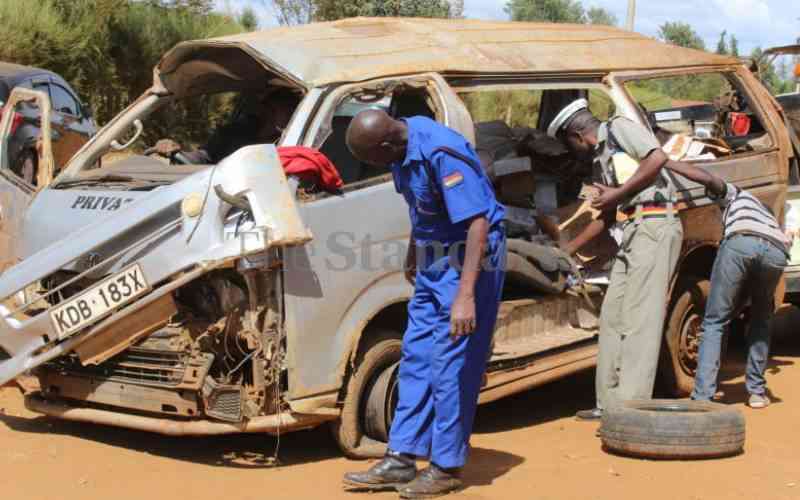×
The Standard e-Paper
Kenya’s Boldest Voice

More than 3,000 people die annually in traffic accidents on Kenyan roads, and about 15,000 in East Africa. More than 75 per cent of road traffic casualties are economically productive young people.
Pedestrians and passengers are the most vulnerable; they account for 80 per cent of the deaths. This number is bigger than that of malaria, HIV and Aids plus Marburg and Ebola combined, and this number can easily double if nothing is done now to stop the carnage.